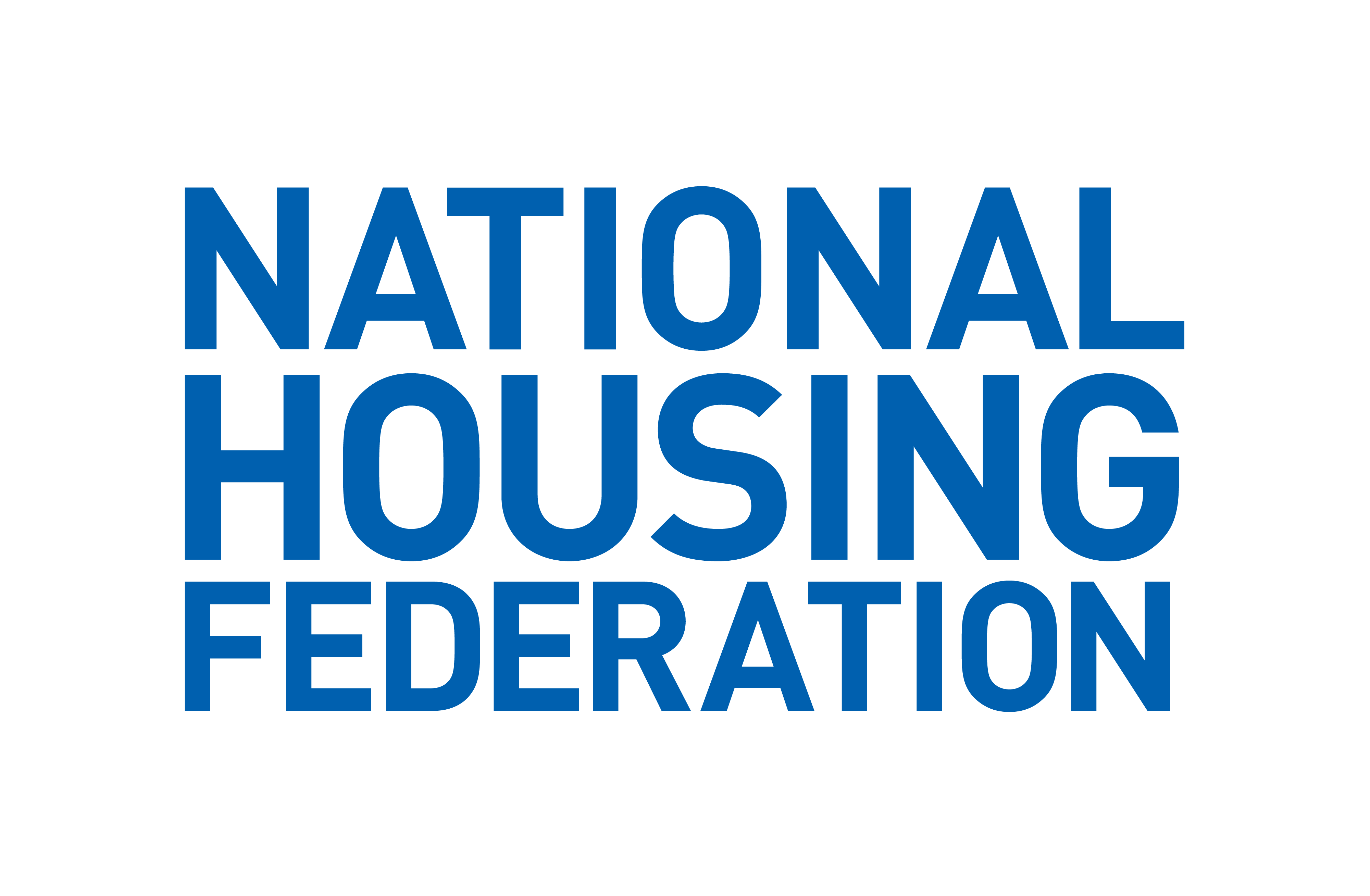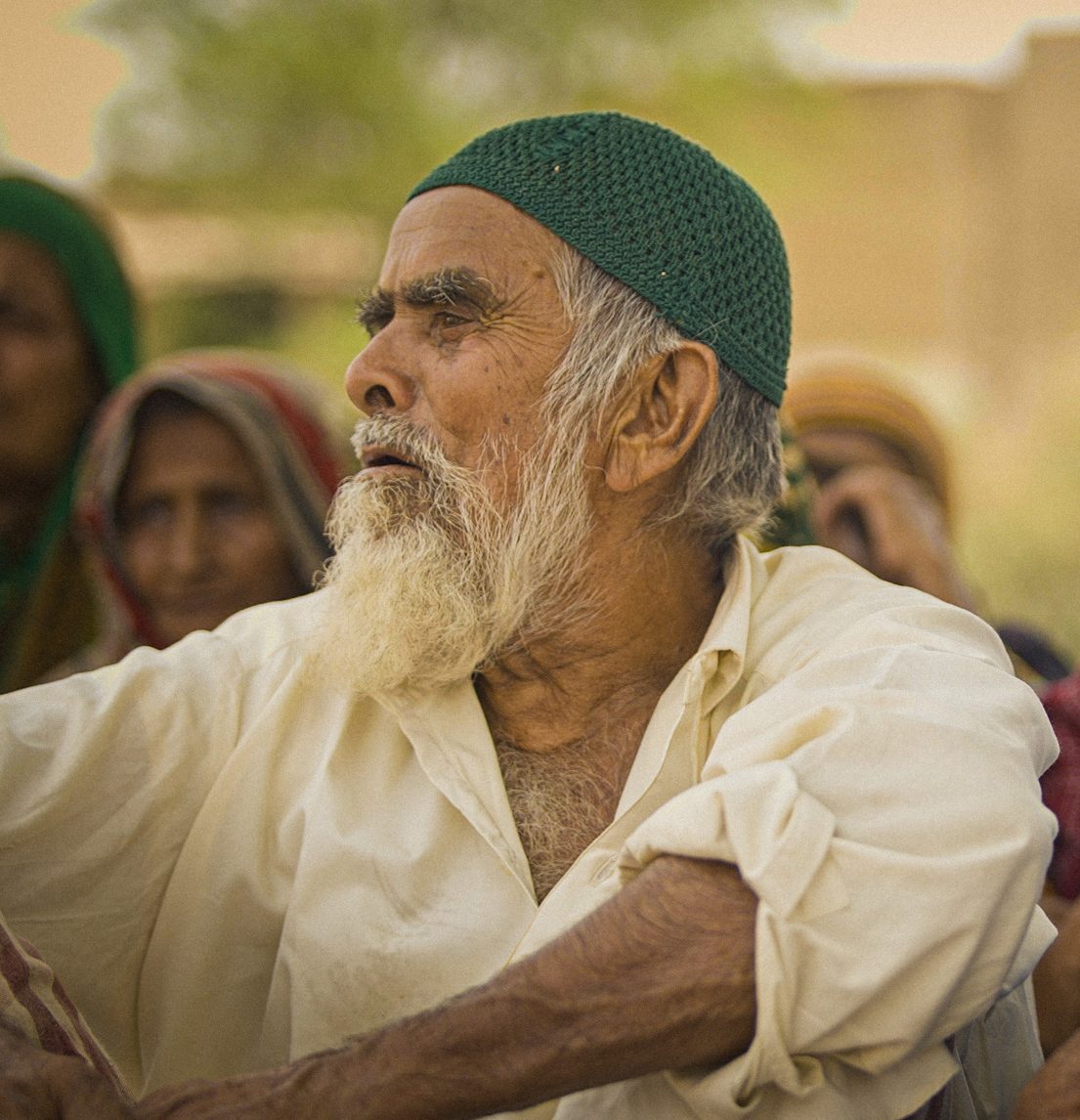Report on Community Cohesion Challenges and Strategic Alignment with Sustainable Development Goals
Executive Summary
Recent analysis indicates a significant strain on community cohesion, evidenced by a series of civil disturbances. These events, which include widespread protests, anti-immigration rhetoric, and targeted actions against asylum seekers, directly challenge the principles of inclusive and sustainable communities. This report outlines these challenges and frames the necessary strategic responses within the context of the United Nations’ Sustainable Development Goals (SDGs), particularly SDG 10 (Reduced Inequalities), SDG 11 (Sustainable Cities and Communities), and SDG 16 (Peace, Justice and Strong Institutions).
Observed Threats to Community Cohesion
A review of recent events highlights several key factors contributing to the erosion of social harmony and community safety. These factors represent direct obstacles to achieving sustainable development objectives. Key observations include:
- Widespread civil disturbances and protests marked by anti-immigration rhetoric.
- Targeted actions against facilities housing asylum seekers.
- The emergence of far-right rallies and politically divisive demonstrations.
- Increased community fears following targeted attacks, such as the incident at a Manchester synagogue, necessitating a greater security presence.
Impact on Sustainable Development Goals (SDGs)
The aforementioned challenges have a direct and negative impact on the progress towards several key SDGs. The imperative for housing organizations and community leaders is to develop strategies that mitigate these impacts and actively contribute to the following goals:
- SDG 10: Reduced Inequalities: The rise in anti-immigration sentiment and the targeting of specific national and racial groups exacerbates inequalities, undermining efforts to create an inclusive society for all, regardless of origin, race, or status.
- SDG 11: Sustainable Cities and Communities: Community cohesion is a cornerstone of SDG 11, which aims to make settlements inclusive, safe, and resilient. The observed unrest and heightened fear directly compromise the safety and inclusivity of communities.
- SDG 16: Peace, Justice and Strong Institutions: The promotion of peaceful and inclusive societies is central to SDG 16. Civil disturbances and divisive rhetoric threaten social peace and inclusion, highlighting the need for strong institutions to mediate conflict and foster unity.
Strategic Response and Dissemination of Best Practices
In response to these challenges, National Housing Federation (NHF) members are actively implementing strategies and approaches to support and rebuild community cohesion. These efforts are critical for advancing the SDG agenda at a local level. A forthcoming webinar will serve as a key platform for sharing learning and best practices among members, focusing on actionable strategies that reinforce the principles of the SDGs and address the current wave of unrest through collaborative action.
Analysis of Sustainable Development Goals (SDGs) in the Article
1. Relevant Sustainable Development Goals (SDGs)
-
SDG 10: Reduced Inequalities
- The article directly addresses inequality by mentioning that community cohesion is under strain across lines of “race, class, nationality and political affiliation.” The specific mention of “anti-immigration rhetoric” and the “targeting of hotels housing asylum seekers” points to discrimination and exclusion of specific groups, which is a core concern of SDG 10.
-
SDG 11: Sustainable Cities and Communities
- The issues described, such as protests, civil disturbances, and lack of cohesion, are occurring “in our communities.” The article discusses the need to support “community cohesion” and mentions an “increased police presence in public spaces,” which relates to the goal of making communities and human settlements inclusive, safe, and resilient. The involvement of the NHF (National Housing Federation) further links the issues to the context of housing and community living.
-
SDG 16: Peace, Justice and Strong Institutions
- This is the most prominent SDG in the article. The text describes a breakdown of peace and social order through “considerable civil disturbances,” “protests,” a “far-right rally,” and a violent “attack on a Manchester synagogue.” These events directly contradict the aim of promoting peaceful and inclusive societies. The article’s central theme of strained “community cohesion” and a “wave of unrest” aligns perfectly with the focus of SDG 16.
2. Specific SDG Targets
-
Target 10.2: By 2030, empower and promote the social, economic and political inclusion of all, irrespective of age, sex, disability, race, ethnicity, origin, religion or economic or other status.
- The article highlights a failure of social inclusion by describing “anti-immigration rhetoric,” the targeting of “asylum seekers,” and an “attack on a Manchester synagogue.” These actions are aimed at excluding people based on their origin and religion. The webinar’s goal to “support community cohesion” is a direct response to this lack of inclusion.
-
Target 11.7: By 2030, provide universal access to safe, inclusive and accessible, green and public spaces.
- The article implies that public spaces are becoming unsafe and non-inclusive. The “attack on a Manchester synagogue” and the subsequent “increased police presence in public spaces” are direct evidence of heightened “community fears,” suggesting that people do not feel safe in their own communities.
-
Target 16.1: Significantly reduce all forms of violence and related death rates everywhere.
- The “attack on a Manchester synagogue” is a clear act of violence. Furthermore, the description of “considerable civil disturbances” and a “wave of unrest” points to a broader context of conflict and potential violence that this target aims to reduce.
-
Target 16.7: Ensure responsive, inclusive, participatory and representative decision-making at all levels.
- The divisions along lines of “race, class, nationality and political affiliation” suggest a breakdown in inclusive societal processes. The need for a webinar to share “strategies and approaches” to support cohesion implies that current systems are not adequately responding to the tensions within communities, pointing to a need for more inclusive engagement.
3. Implied Indicators for Measurement
-
Indicator for Target 10.2: Proportion of population reporting having personally felt discriminated against or harassed on the basis of a ground of discrimination prohibited under international human rights law.
- The article implies that discrimination is occurring. The “targeting of hotels housing asylum seekers” and the “attack on a Manchester synagogue” are events that would lead to affected populations feeling discriminated against and harassed based on nationality and religion. Measuring the perception of discrimination would be a relevant indicator.
-
Indicator for Target 11.7: Proportion of persons victim of physical or sexual harassment, by sex, age, disability status and place of occurrence, in the previous 12 months.
- While the article does not mention specific victim statistics, the “community fears” and “increased police presence in public spaces” suggest a rise in the perception of risk and a lack of safety. An indicator measuring feelings of safety or actual incidents of harassment in public spaces would be relevant to track progress.
-
Indicator for Target 16.1: Number of verified cases of killing, kidnapping, enforced disappearance, arbitrary detention and torture of journalists, associated media personnel, trade unionists and human rights advocates in the previous 12 months. (A more general interpretation is needed here).
- While the official indicator is specific, the principle can be broadened to the context of the article. An implied indicator would be the number of violent incidents related to civil unrest, protests, and hate crimes, such as the “attack on a Manchester synagogue.” Tracking the frequency of such “civil disturbances” would measure progress towards reducing violence.
Summary Table of SDGs, Targets, and Indicators
| SDGs | Targets | Indicators (Implied from the article) |
|---|---|---|
| SDG 10: Reduced Inequalities | 10.2: By 2030, empower and promote the social, economic and political inclusion of all, irrespective of age, sex, disability, race, ethnicity, origin, religion or economic or other status. | Reports or surveys on community cohesion and perceived discrimination, particularly among groups targeted by “anti-immigration rhetoric” and religious attacks. |
| SDG 11: Sustainable Cities and Communities | 11.7: By 2030, provide universal access to safe, inclusive and accessible, green and public spaces. | Measures of public perception of safety in community spaces, reflected by the “community fears” and the need for “increased police presence.” |
| SDG 16: Peace, Justice and Strong Institutions | 16.1: Significantly reduce all forms of violence and related death rates everywhere. | Frequency and severity of “civil disturbances,” “protests,” and violent hate crimes like the “attack on a Manchester synagogue.” |
| SDG 16: Peace, Justice and Strong Institutions | 16.7: Ensure responsive, inclusive, participatory and representative decision-making at all levels. | Existence and effectiveness of strategies and approaches implemented by organizations like the NHF to support community cohesion and address divisions. |
Source: housing.org.uk





